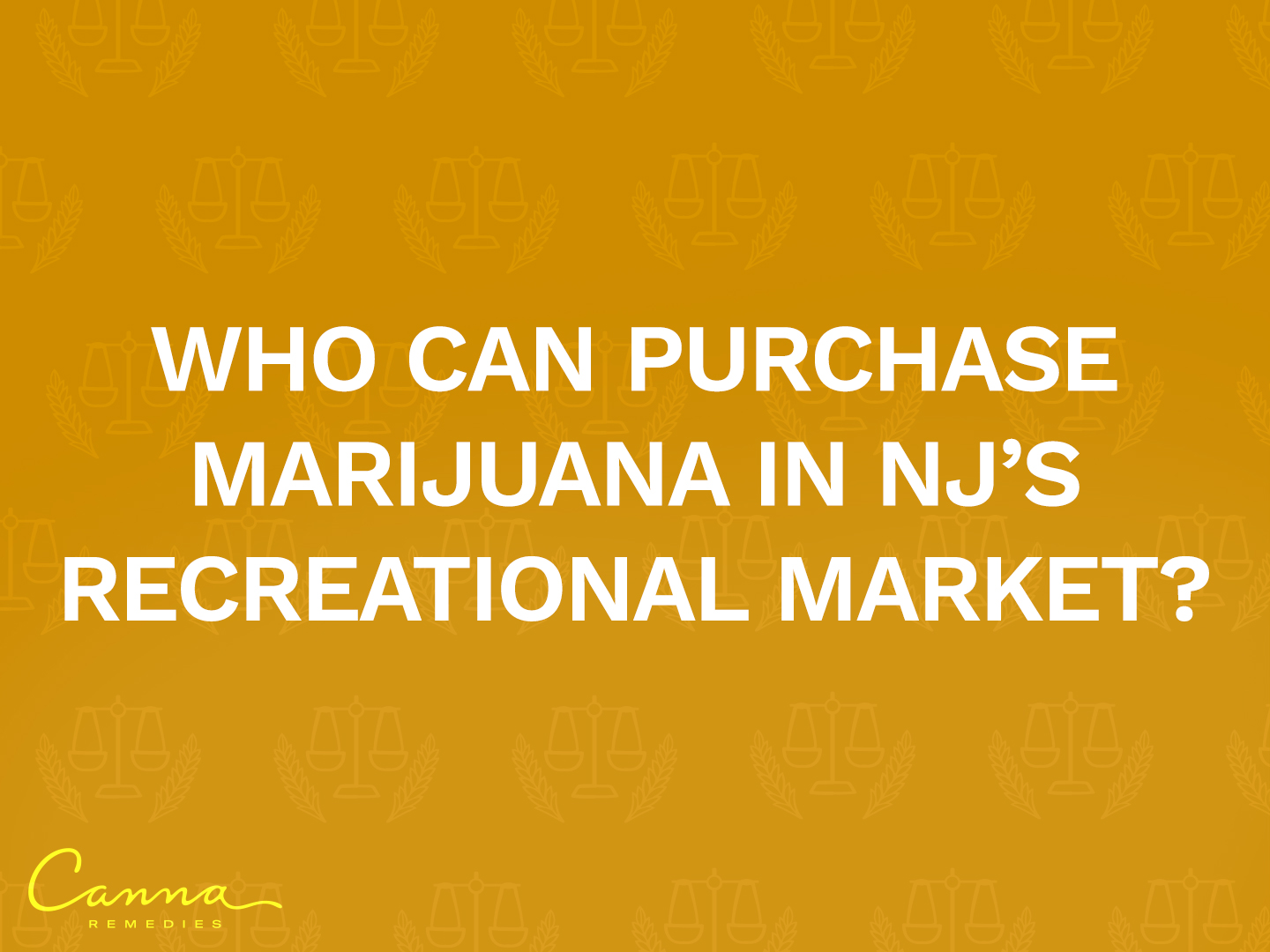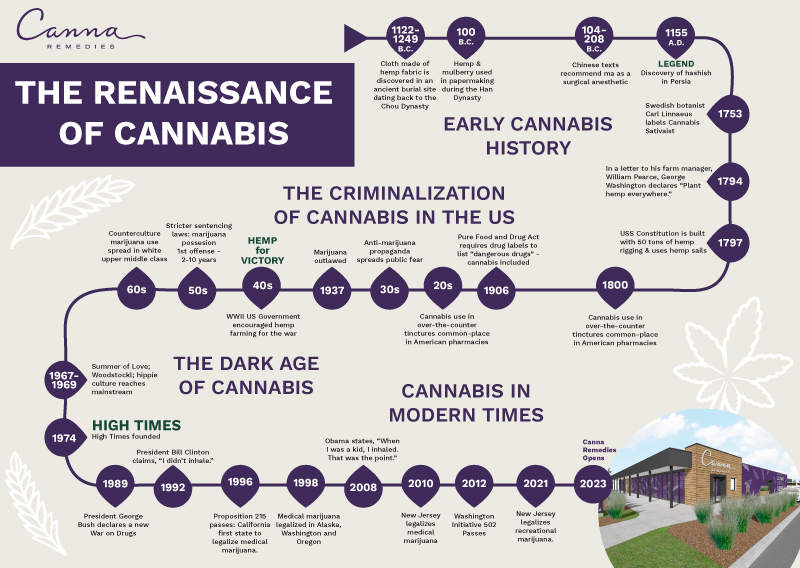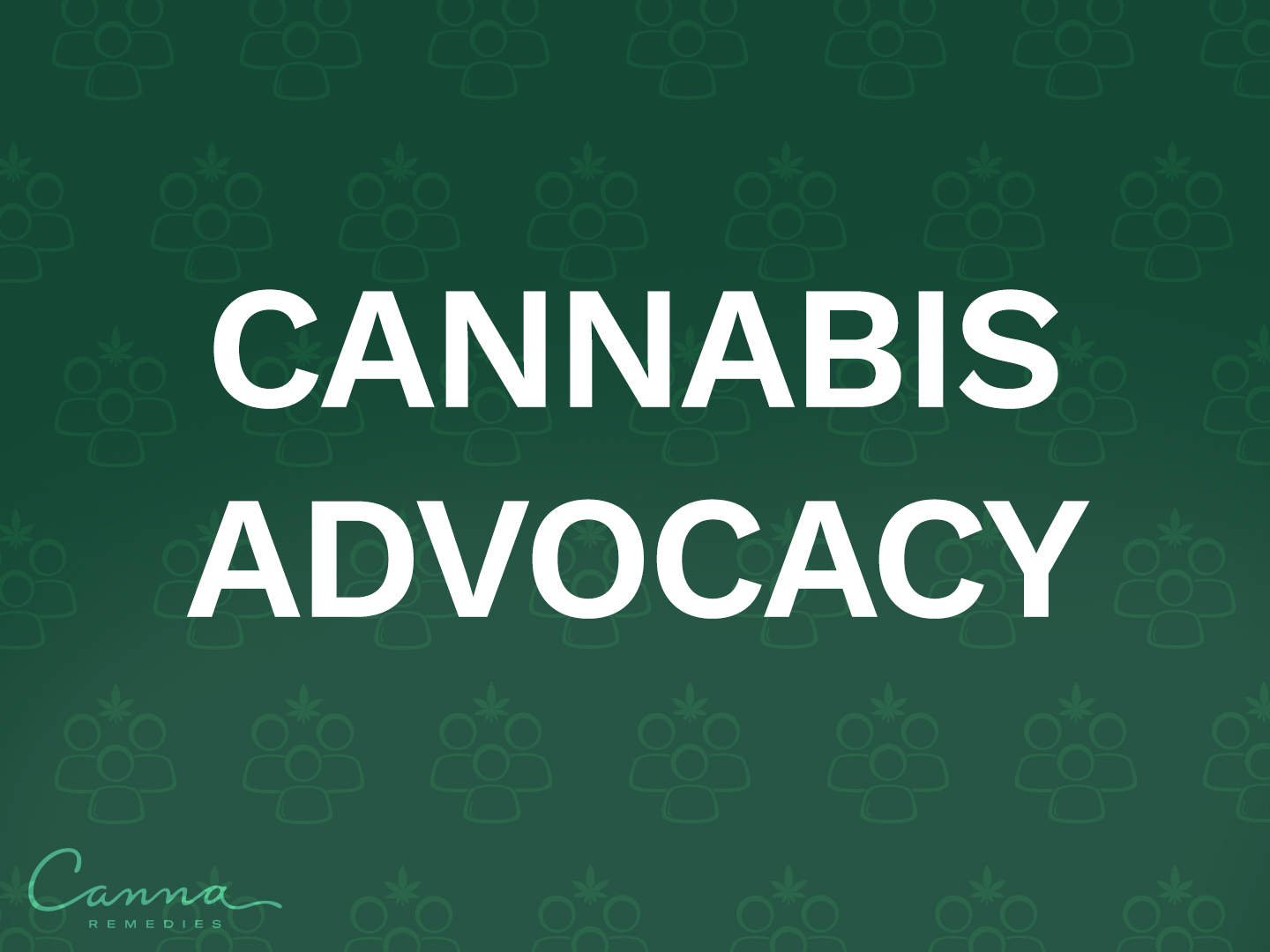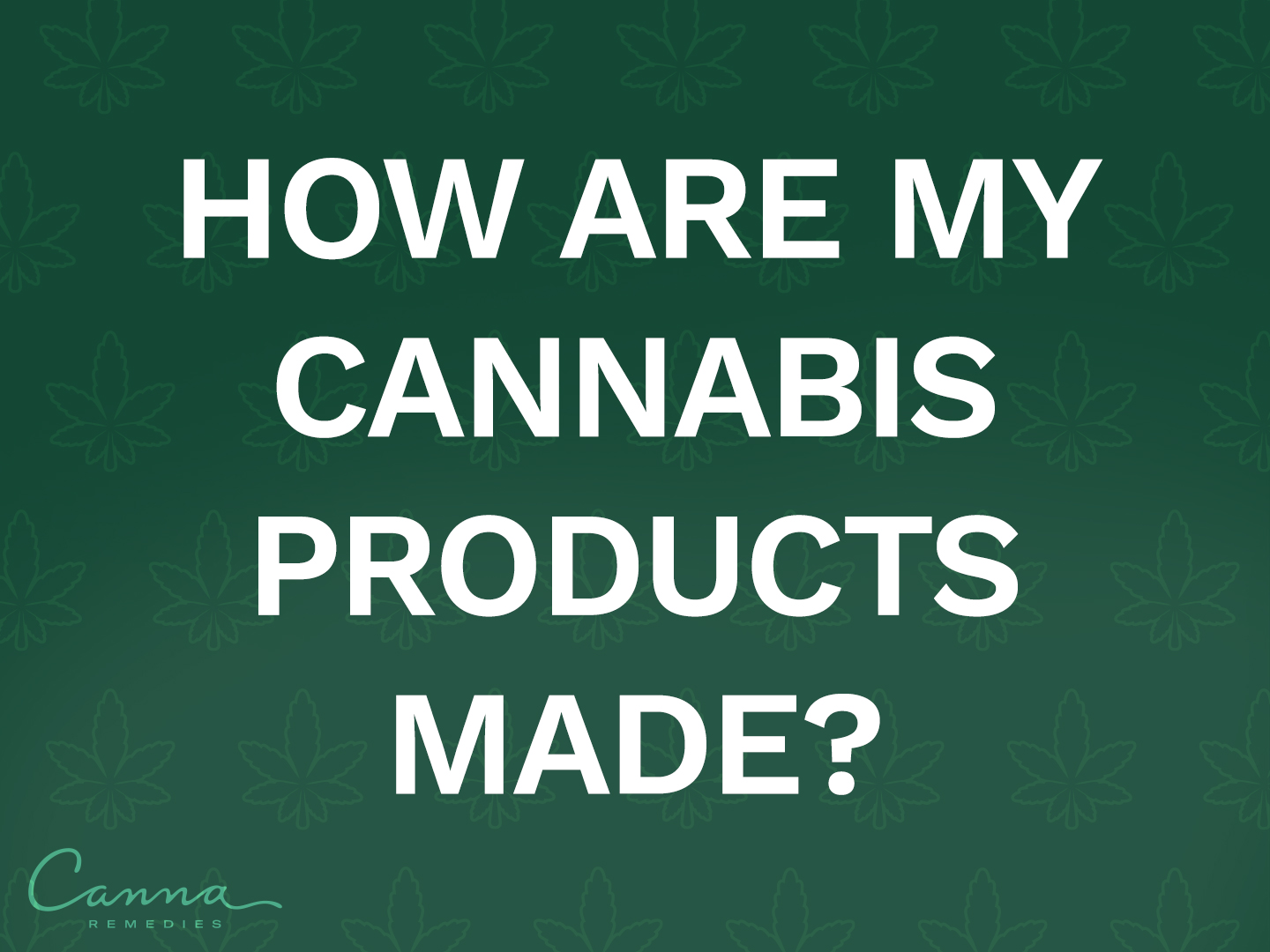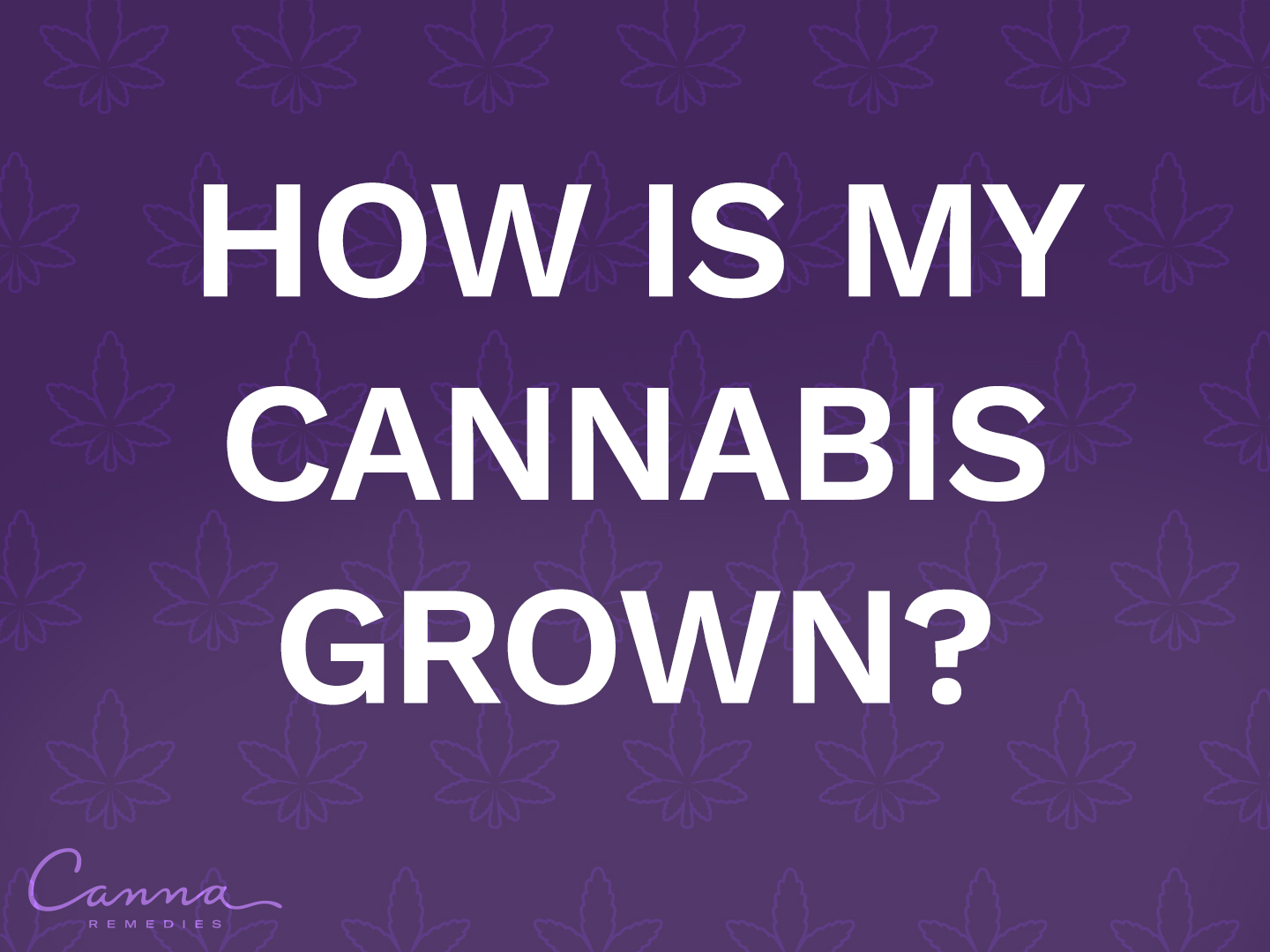HOW ARE MY CANNABIS PRODUCTS MADE?
All cannabis products sold by Canna Remedies are grown and produced in New Jersey by New Jersey state licensed cultivators and manufacturers. It is the role of the cannabis manufacturer to produce the various forms of cannabis such as vape cartridges, edibles, and topicals.
The post processing steps to manufacture these products differ based on the end product, however, all start with the same process of extraction. Cannabis extraction refers to the process of removing the oil found in the trichomes from the raw cannabis plant and collecting the plant compounds including cannabinoids and terpenes such as THC, CBD, myrcene and limonene. Below is an exploration of the different extraction types and methods.
Live Resin & Distillate Oil
Live Resin refers to the process of extracting oil by freezing and processing live cannabis flower. This process best preserves the cannabinoid and terpene profile for a naturally flavorful extract. Live resin is used in high-temperature consumption like vaping or dabbing, since the THC hasn’t been activated yet because it was done cold.
Basic Steps:
- Freeze the bud
- Run butane through it
- Purge the butane using warm water (no higher than 45℉)
- Purge the rest of the butane using a vacuum chamber
Distillation refers to the oil being extracted from the cannabis plant using a liquid solvent, often ethanol or pressurized CO2, and then hyper-purified through a process known as winterization. Distillation strips the oil of impurities, including the chemical compounds that give cannabis its flavor and aroma: terpenes. Manufacturers often add terpenes back to THC distillate after it’s been purified to its super-potent form, usually using plant-based terpenes to mimic the flavor of the cannabis plant.
Basic Steps:
- Start with room temperature cannabis and an extraction medium such as ethanol, BHO, or CO2.
- Soak the cannabis in the ethanol
- Break the cannabis up, keep the ethanol really cold
- Filter the plant matter out of the mixture
- Heat the mixture to burn off the ethanol
- Distill it down to pure oil
Cannabis Extraction Processes
Hydrocarbon Extraction
Hydrocarbon extraction, normally achieved using butane or propane, is able to extract a greater variety of terpenes from the cannabis material than the alcohol extraction method.
For products such as vape oils or oral tinctures, where the cannabis extract is unlikely to be masked by other flavors, preserving these terpenes helps to give the extract flavor and aroma.
The process involves cold butane solvent washed over the cannabis plant material to extract its oils. The butane solvent can be easily cold-boiled off to leave an oil with more of a “whole plant” character, as more of the temperature-sensitive terpenes will be retained.
These volatile and flammable solvents present a safety hazard to workers. Hydrocarbon extraction is a very hands-on process and is rarely automated, meaning that there is almost always a human worker in close proximity to the extraction vessel. In the interest of safety, hydrocarbon extraction is done on a much smaller scale, though the speed and efficiency of this extraction method means its overall output still makes it suitable for large-scale operations.
Alcohol
Alcohol extraction, also commonly referred to as ethanol extraction, is one of the most efficient extraction methods for processing large batches of cannabis flower, and can be done in hot, cold, or room temperature conditions.
Hot alcohol extraction is generally accomplished using cycles of hot alcohol solvent through the solid cannabis flower, stripping the cannabinoids and terpenes from the flower in the process. This often extracts unwanted chlorophyll and plant waxes from the cannabis flower and requires several post-processing clarification steps to fix.
Cold alcohol extraction makes it a little harder for the unwanted polar plant waxes and chlorophyll to dissolve in a polar ethanol solvent.
Room temperature ethanol extraction allows for scalability, ease of post-processing, and energy efficiency. The process involves submerging cannabis flower in a vat of room temperature ethanol solvent. Once the cannabis plant matter is removed, the resulting ethanol/cannabis oil solution can be gradually heated to remove the solvent and leave behind a high-purity cannabis oil containing the most common cannabinoids.
Supercritical CO2
Supercritical CO2 extraction is still considered to be somewhat of a newcomer to the cannabis industry but is already commonly used in other industries for the processing of products such as coffee, tea, vanilla, and perfumes.
The method involves using low pressures and temperatures over a long period of time in specialized equipment to turn gaseous CO2 into a supercritical fluid. When passed over cannabis material, the fluid can easily extract plant waxes and oils from the cannabis.
Unlike alcohol or butane, CO2 is a highly tunable solvent, meaning you can pull unique compounds from botanicals at different pressures and temperatures. CO2 is also safer than many hydrocarbon techniques which use flammable and toxic solvents like butane.
Water
Water extraction utilizes a solvent-less method of extraction that submerges the cannabis plant in freezing water. The plant is stirred in the cold water causing the trichomes to separate from the plant.
Once the trichomes fall off of the plant, it will pass through a series of screens. The end result is a product that has 50% to 70% THC levels.
Isopropyl Oil
Dried cannabis flowers are soaked in isopropyl alcohol and then shaken gently. Isopropyl strips the trichomes from the plant. The mixture is strained into a dish and then the solvent is removed using a vacuum oven that keeps temperatures under 181 degrees. When the solvent evaporates, the remaining substance is a THC rich oil.



